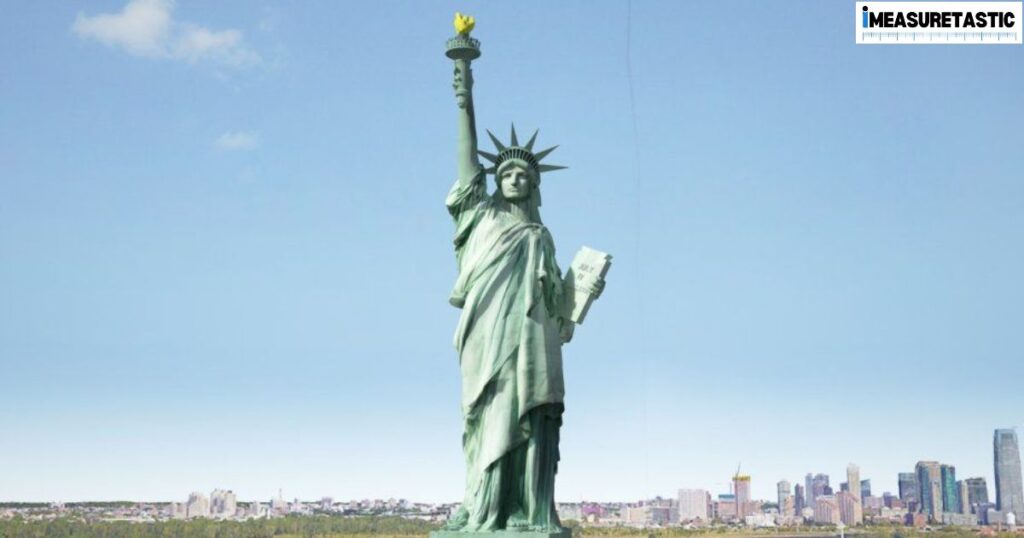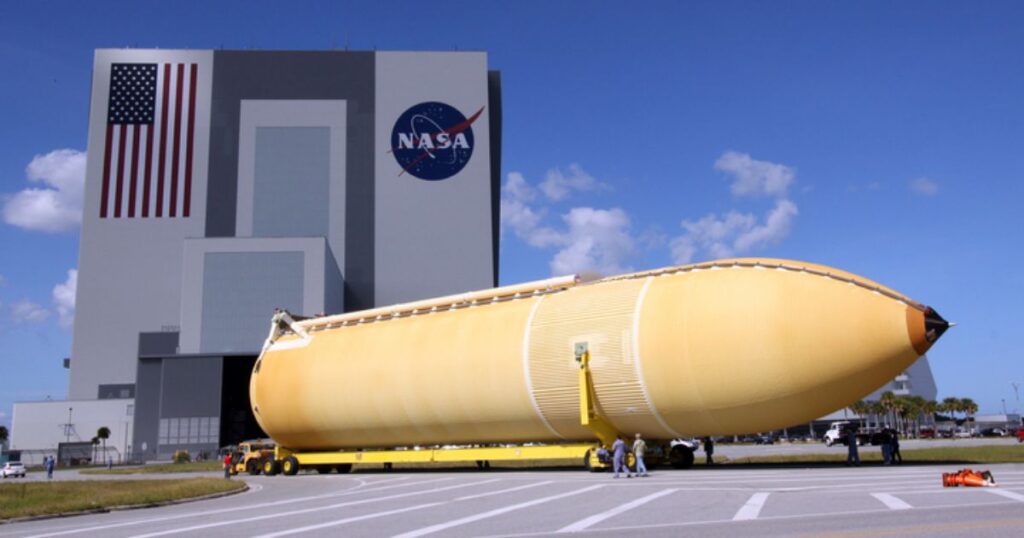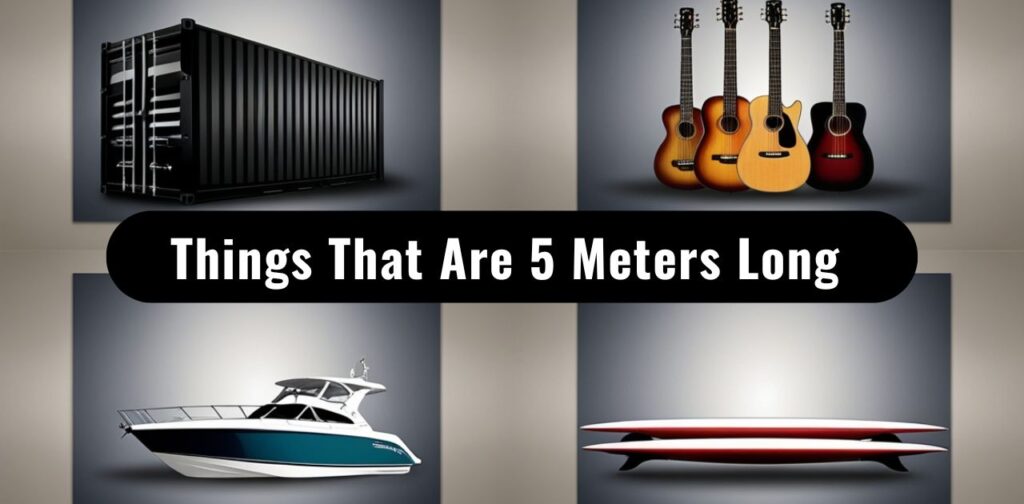Have you ever wondered just how long 80 feet really is? Whether you are planning a construction project or simply curious about dimensions, understanding this measurement through familiar objects can make it more tangible. From majestic marine creatures to architectural marvels, let us explore the fascinating world of 80-foot measurements.
What Does 80 Feet Look Like?
When trying to visualize 80 feet, think about five standard cars lined up bumper to bumper. In metric terms, this equals 24.3 meters or 960 inches. To put this in human scale, imagine about 13 average adults lying head to toe creating a line that stretches the full distance.
Understanding this measurement becomes easier when we compare it to everyday objects. A basketball court, for instance, measures 94 feet in length, making 80 feet slightly shorter than a full court. This comparison helps us grasp the substantial span in practical terms.
Is Surviving an 80-Foot Drop Possible?
The question of surviving a fall from eight-story building height often comes up in discussions about urban safety and emergency responses. While falls from such heights are extremely dangerous, survival depends on several crucial factors including the landing surface and body position at impact.
Medical experts note that falls from heights above 30 feet typically result in severe injuries. However, documented cases exist where people have survived falls from 70 to 80 feet under specific circumstances, such as landing on snow banks or water. These instances remain rare and usually require immediate medical intervention.
How Many Stories Tall is 80 Feet?
In standard building measurements, 80 feet typically equals the height of an eight-story building. Most commercial floors have a height of 10 feet from floor to ceiling, though this can vary depending on the building’s purpose and location.
Modern urban planning often uses this height as a benchmark for mid-rise structures. Understanding this measurement helps architects and developers maximize space while adhering to local building codes and zoning regulations.
Things That Are 80 Feet Long
To put 80 feet into perspective, it equates to several recognizable structures and natural wonders. This height matches that of an eight-story residential building, with each floor measuring approximately 10 feet. It represents half the height of Paris’s iconic Arc de Triomphe and approximately one-quarter of the Statue of Liberty’s total height.
In nature, this measurement equals the length of a majestic blue whale and about one-third the height of a Giant Sequoia tree. Looking at human-made structures, 80 feet matches the height of the White House in Washington, D.C., and corresponds to one-fifth of the ancient Pyramid of Giza’s total height. In terms of transportation, this length equals two standard buses placed end to end and matches the wingspan of a modern Airbus A380 aircraft.
Interestingly, this measurement also corresponds to the length of a standard tennis court and the height of a NASA Space Shuttle External Tank. In the natural world, this distance also represents the typical spread of an ancient redwood’s root system beneath the forest floor.
1. A Tennis Court

A regulation tennis court stretches 78 feet in length, just shy of our target measurement. This familiar sporting venue provides an excellent reference point for visualizing eighty feet. The court’s precise dimensions have remained largely unchanged since the sport’s modern inception.
Professional players covering this distance during intense matches demonstrate the true scale of these measurements in action. The slightly shorter length of 78 feet allows for optimal gameplay while maintaining reasonable space requirements for both recreational and professional facilities.
2. Blue Whale

The magnificent blue whale stands as nature’s largest creation, typically reaching lengths between 70 to 80 feet. These marine giants showcase the impressive scale that natural evolution can achieve. Their massive size becomes even more remarkable considering they sustain themselves primarily on tiny krill.
During marine tours, observers often struggle to capture the full length of these creatures in a single photograph. Their enormous size makes them particularly fascinating subjects for scientific study, as researchers continue to understand how such massive organisms function efficiently.
3. The White House

The iconic White House in Washington, D.C. approaches 70 to 80 feet in height, representing American democracy’s architectural presence. This historic building’s dimensions were carefully planned to project authority while maintaining approachability.
The structure’s height allows for the efficient organization of presidential offices and living quarters while creating an imposing yet welcoming presence. Its proportions have influenced government building design across the nation.
4. 1/4 Statue of Liberty

The Statue of Liberty stands at a total height of 305 feet, making its quarter measurement approximately 80 feet. This section reaches roughly to Lady Liberty’s waist, designed by Frédéric Auguste Bartholdi with engineering support from Gustave Eiffel.
The statue’s torch alone rises 151 feet above the ground, demonstrating how the 80-foot mark represents just a portion of this monumental structure. This scale helps visitors appreciate the immense engineering achievement involved in its construction.
5. 1/5 Pyramid of Giza

The Great Pyramid of Giza stands as one of humanity’s most remarkable architectural achievements. When we consider that 80 feet represents approximately one-fifth of its total height, we begin to grasp its true magnitude. The pyramid’s original height was even greater than what we see today.
Modern measurements show the pyramid has lost some height over millennia of weathering and stone removal. This makes our 80-foot comparison particularly useful for understanding how ancient builders achieved such monumental scale without modern technology.
Read Also >> How Long Is 10 Ft? 15 Stunning Real-World Size Comparisons
6. Residential Building Heights

Modern urban building stories typically measure 10 feet per floor, making an eight-story building a perfect example of our 80-foot measurement. These structures represent the sweet spot between efficient land use and comfortable living space.
Developers carefully consider this height when planning new residential projects. It allows for adequate natural light, efficient elevator systems, and manageable emergency response times while maximizing available space in urban environments.
7. Airbus A380

The Airbus A380 demonstrates remarkable engineering with its 238-foot length and impressive 261-foot wingspan. Standing at 79 feet tall, this aircraft exemplifies precision in aviation design, where every measurement serves a specific purpose.
These dimensions allow the A380 to carry hundreds of passengers while maintaining stable flight characteristics. The relationship between height, length, and wingspan showcases how critical engineering marvels height calculations are in modern aviation.
8. 1/3 Giant Sequoias Tree

The majestic Giant Sequoias tree often reaches heights beyond 250 feet, making one-third of its height approximately 80 feet. These natural skyscrapers stand as living monuments to time, with some specimens dating back thousands of years.
Their immense size creates unique ecosystems, supporting diverse wildlife at different height levels. Understanding the natural landmarks scale helps us appreciate these botanical giants’ role in their forest environments.
9. Half the Height of the Arc de Triomphe

The Arc de Triomphe in Paris reaches 160 feet into the sky, making its halfway point align with our 80-foot measurement. This historical monument height serves as both a tribute to French military achievements and an architectural masterpiece.
Designed to impress visitors approaching from any of the twelve radiating avenues, the Arc’s scale was carefully chosen to dominate its surroundings while maintaining aesthetic harmony with the city’s other monuments.
10. Two Buses

Standard city buses play a vital role in urban transportation, with two buses placed end-to-end reaching our target measurement of 80 feet. These public transportation vehicles are carefully designed to balance passenger capacity with maneuverability on city streets.
Modern public transportation dimensions consider factors like turning radius, passenger flow, and accessibility requirements. A single bus typically measures about 40 feet, making two buses an excellent reference point for visualizing our target length.
11. NASA Space Shuttle External Tank

The Space Shuttle’s external tank represents another impressive example of precise engineering at this scale. These massive fuel containers stretched approximately 78 feet in length, demonstrating how aerospace engineering pushes the boundaries of size and efficiency.
The tank’s dimensions were carefully calculated to provide enough fuel for launch while maintaining aerodynamic stability. This example shows how engineering marvels height and length calculations prove crucial in space exploration.
Read Also >> 11 Things That Are About 25 Feet Long or Big
12. Ancient Redwood Root System Spread

While we often focus on vertical measurements, the root systems of ancient redwoods can spread horizontally up to 80 feet from the trunk. This hidden aspect of these magnificent trees plays a crucial role in their survival and the forest ecosystem.
The extensive spread allows these giants to gather nutrients and water efficiently while providing stability against strong winds. Understanding this natural landmarks scale beneath our feet adds another dimension to appreciating these remarkable trees.
Additional Perspectives on 80-Foot Measurements
Urban Planning and Architecture
Modern city planners frequently work with 80-foot measurements when designing streets, buildings, and public spaces. This dimension often represents the ideal width for certain urban thoroughfares or the optimal height for mid-rise structures in developing neighborhoods.
Sports and Recreation
Beyond tennis courts, many sports facilities incorporate this measurement. Swimming pools designed for international competition often approach this length, while certain baseball field dimensions relate to this distance.
Environmental Impact and Design
Understanding 80-foot measurements helps environmental scientists and engineers design effective wildlife corridors and assess the impact of human structures on natural habitats.
Conclusion
Our exploration of objects and structures measuring approximately 80 feet reveals the fascinating interplay between natural and human-made worlds at this scale. From the graceful blue whale to the precision-engineered Airbus A380, these examples help us better understand and appreciate the dimensions that shape our world.
Whether we’re designing buildings, studying marine life, or simply trying to comprehend large measurements, having these tangible references makes abstract numbers more relatable. As we’ve seen, 80 feet represents a significant yet manageable scale that appears repeatedly in architecture, nature, and engineering, demonstrating its importance in both design and function across various fields.





